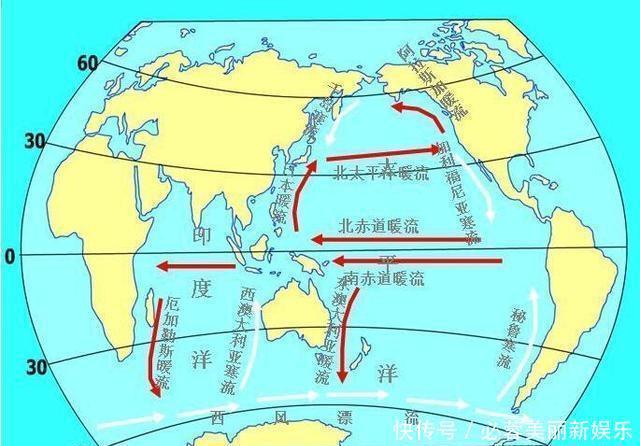Due to the development of science and technology and the attention the countries all over the world pay to El Nino, scientists have deepened the understanding of this abnormal phenomenon of climate through a series of scientific studies like forecast models, ocean observation, satellite reconnaissance, and the ocean-atmosphere coupling.
First of all, it is recognized that the physical process appeared in El Nino is the result of the interaction between the ocean and atmosphere, that is, the change of ocean temperature is directly related to the atmosphere.
So, in the 1980s, scientists started calling El Nino "Enso" phenomenon. Secondly, the warming of the tropical oceans not only happens in Chilean waters but also in the eastern Pacific and the western Pacific. Wherever it occurs, it can quickly cause significant abnormality in global climate. It is the strongest signal of climate changes, which brings severe droughts, floods and other natural disasters in many parts of the world.
According to the relation between El Nino and the change rule of solar activity in the last century, scientists found that the period from the decreased phase to the valley value phase is a time of frequent El Nino, when there are 2 to 3 times of it.
El Nino, the kettle of climate, which started boiling at the meeting-point of spring and summer in 1997, was considered as the most severe one in recent hundreds of years with its rapid speed, ferocious intensity and great harm and was reported as one of “the top ten international news" by the People's Daily and other news media. Close attention was paid to it by senior policymakers , environmentalists and economists around the world.
As early as the beginning of the formation of El Nino, the relevant departments in China began to study the possible impacts of it on agriculture. It was pointed out by advisory experts that the ecological, environmental and climatic effects of El Nino as well as its impact on the worldwide economy should not be ignored and should be highly valued by relevant departments.
In the early days, people were very interested in the warm current in eastern Pacific Ocean, for it often happened around Christmas, and more importantly, it was related to the local harvest year. In 1925, warm ocean currents were seen near Peru, with up to 400 millimeters of rainfall in the desert region in March the same year, compared with the rainfall of less than 20 millimeters in the previous five years.
As a result, the desert became an oasis, covering almost all of Peru with dense forage, sheep multiplied in number and crops in barren areas. Although many birds were found dead and marine creatures were destroyed, it was still believed that the "holy baby" brought them a bumper year. Over the past decades, there have been brand new explanations for El Nino, especially for its impact on ecology, environment, climate and even the world economy.
Based on meteorological data from recent 50 years, after El Nino happens, there is a great chance of a warmer winter that year and higher precipitation in southern China next summer, while in south droughts cover a large area.
According to historical records, there have been 13 times of El Nino in the world since 1950. The most severe of which occurred in 1997 and lasts till now. Its major performances are: from the north hemisphere to the south hemisphere, from Africa to Latin America, the climate became strange and mysterious, the places where it shoule have been cool are scorching, heavy snow comes in warm season, no rain drops in rainy season and the flood hits during the dry season.
Scientists believe that El Nino is associated with the worsening of natural environment as a direct result of growing greenhouse effects. It is also because that human beings ask too much from nature but seldom pay attention to environmental protection.

Comment list ( 0 )
